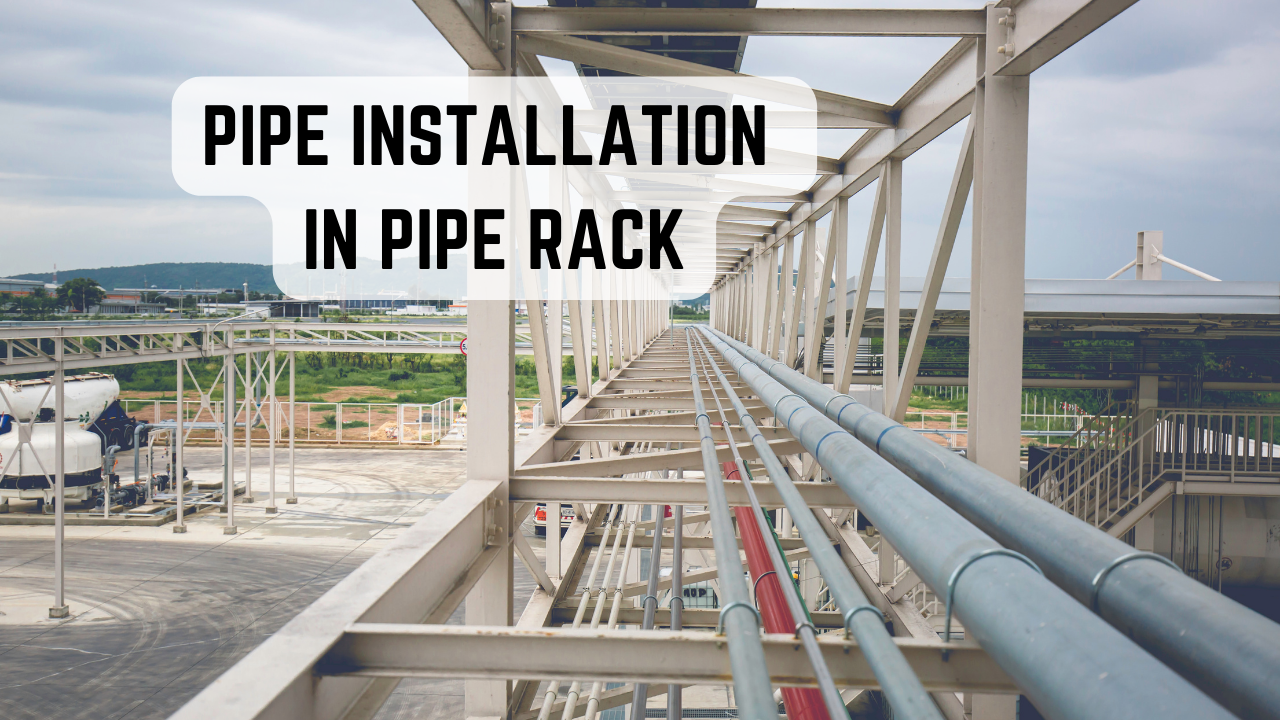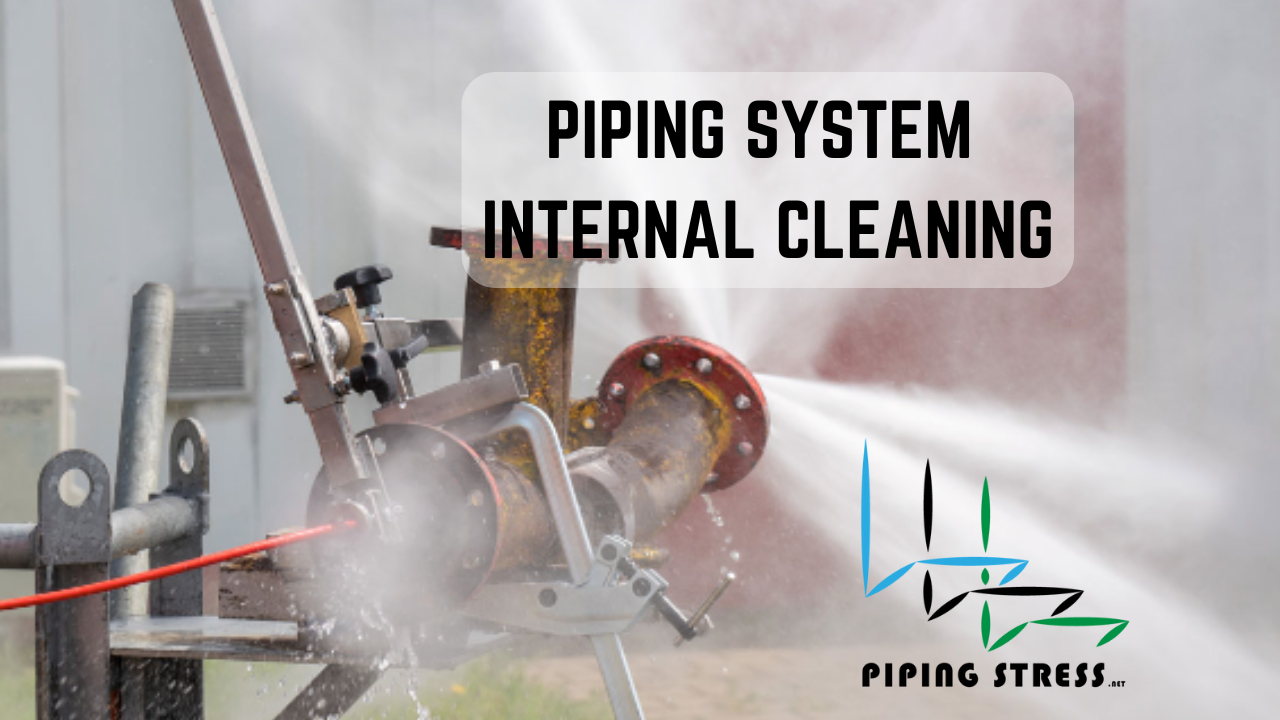Pipe Thickness Calculation
The calculation of pipe thickness is generally proportional to the pressure inside the pipe, the diameter of the pipe, and the material of the pipe.
As can be seen in the attached picture, the pressure and pipe stress values balance each other out.
S1*2*t*Δx =p*Δx*2r
Pressure and Pipe Stress Balance
The formula derived from this balance is the general thickness calculation formula.
The general formula is as follows. This formula can be used in cases where any code or standard is not specified. The formulas used in standards are also fundamentally based on this formula.
S=P*r/t
S= Radial Stress
P= Internal Pressure
r= Radius
t=wall thickness
This formula varies according to international codes and standards. Generally, American codes/standards are used in the Oil and Gas Industry.
In a refinery the governing code is ANSI B 31.3 the minimum wall thickness for straight pipe under internal pressure and temperature should not be less than what determined by this equation;
t=PD/2(SEW+PY)
t= wall thickness calculated according to design pressure and temperature (mm)
P=Internal Pressure (Kg/cm2)
D=Outside Pipe Diameter (mm)
S=Maximum allowable stress (Kg/cm2), Can be selected from Table-A1 of ASME B31.3 as per design temperature.
E=Basic Quality Factor for Longitudinal Weld Joints in Pipes, Can be selected from Table-A1B of ASME B31.3 as per the selected material.
W=Weld joint strength reduction factor in accordance with para. 302.3.5(e), generally taken as 1 up to 427°C for carbon steel pipes.
Y=Coefficient, Can be selected from ASME B31.3 Table 304.1.1 if meet with t<D/6 condition. Fort≥D/6 or for P/SE ≥ 0.385, calculation of pressure
design thickness for straight pipe requires special consideration of factors.
Pipe Stress Engineering
An up-to-date and practical reference book on piping engineering and stress analysis, this book emphasizes three main concepts: using engineering common sense to foresee a potential piping stress problem, performing the stress analysis to confirm the problem, and lastly, optimizing the design to solve the problem.
There is also a corrosion factor to be added to find the required wall thickness. The formula is below.
tm=t + c
tm=minimum required wall thickness (mm)
c=corrosion allowance (mm), which is generally provided by client. But, this is also depending on the proximity of the coast.
Additionally, minimum required wall thickness (tm) should be increased to 12,5% of manufacturing tolerance (mill tolerance) for seamless pipe. We call it effective thickness (tef).
Pipe Thickness Schedule Number
The system set up by ANSI Code designates wall thicknesses of steel and wrought iron pipe by a series of numbers 10, 20, 30, std, 40, 60, xs, 80, 100, 120, 140, 160, and xxs. For stainle·ss steel pipe the series number are 5S, 10S, 40S, and 80S.
These numbers are equal approximately to the value of 1000 (P/S), where P is the internal working pressure and S is the allowable fiber stress, both expressed in the metric or imperial system.
The old designation of STD weight corresponds to the sch 40 wall thickness in pipe size up to 10".
The extra strong corresponds to sch 80 up to 8" and sch 60 in size 10".
The double extra strong has no correspondence with the schedule numbering system.
The below table shows the ANSI pipe schedule chart.
The following empirical formula can be used to determine the thickness of a pipe with a good approximation
Sch.=1000P/S
Sch.=Schedule
P=Internal Pressure (kg/cm2)
S=Allowable Stress (kg/cm2)
Let’s see an example;
A pipe with 10” size, internal pressure is 40 kg/cm2, Design Temperature is 315°C and Corrosion allowance is 3mm.
Using the empirical formula;
Sch.=1000P/S
P=40 kg/cm2
S=1075 kg/cm2 (Using Table A1 as per design temperature)
Sch.=1000*40/1075 = 37,2 this can be considered as Sch 40.
Using the conservative formula;
tm=PD/2(SEW+PY) + c
E=1, Seamless Pipe
Y=0,7 assuming that the thickness of the pipe is sch 40 which is less than D/6.
c=3mm Corrosion Allowance
W=1
t=40x273/2(1075x1+40x0,7)=4,95mm
tm=t+c=4,95+3=7,95mm
Adding to the mill tolerance (12,5%).
tef=tm x (8/7)= Effective Thickness
tef=7,95x(8/7)=9,085mm
Looking at the table above Sch 40 (9,27mm) will be selected.
While looking at the Schedule Table above, the result (9,085mm) is suitable for Sch 40.
So, the empirical formula and the conservative formula meet each other.
Offering the fundamental information for successful piping and pipeline engineering, this book pairs real-world practice with the underlying technical principles in materials, design, construction, inspection, testing, and maintenance.











Non-Destructive Examination (NDE) plays a crucial role in ensuring the integrity of welded pipe joints. The selection of NDE methods depends on material type, pipe thickness, and applicable American codes such as ASME B31.3, ASME Section V, and API 1104.